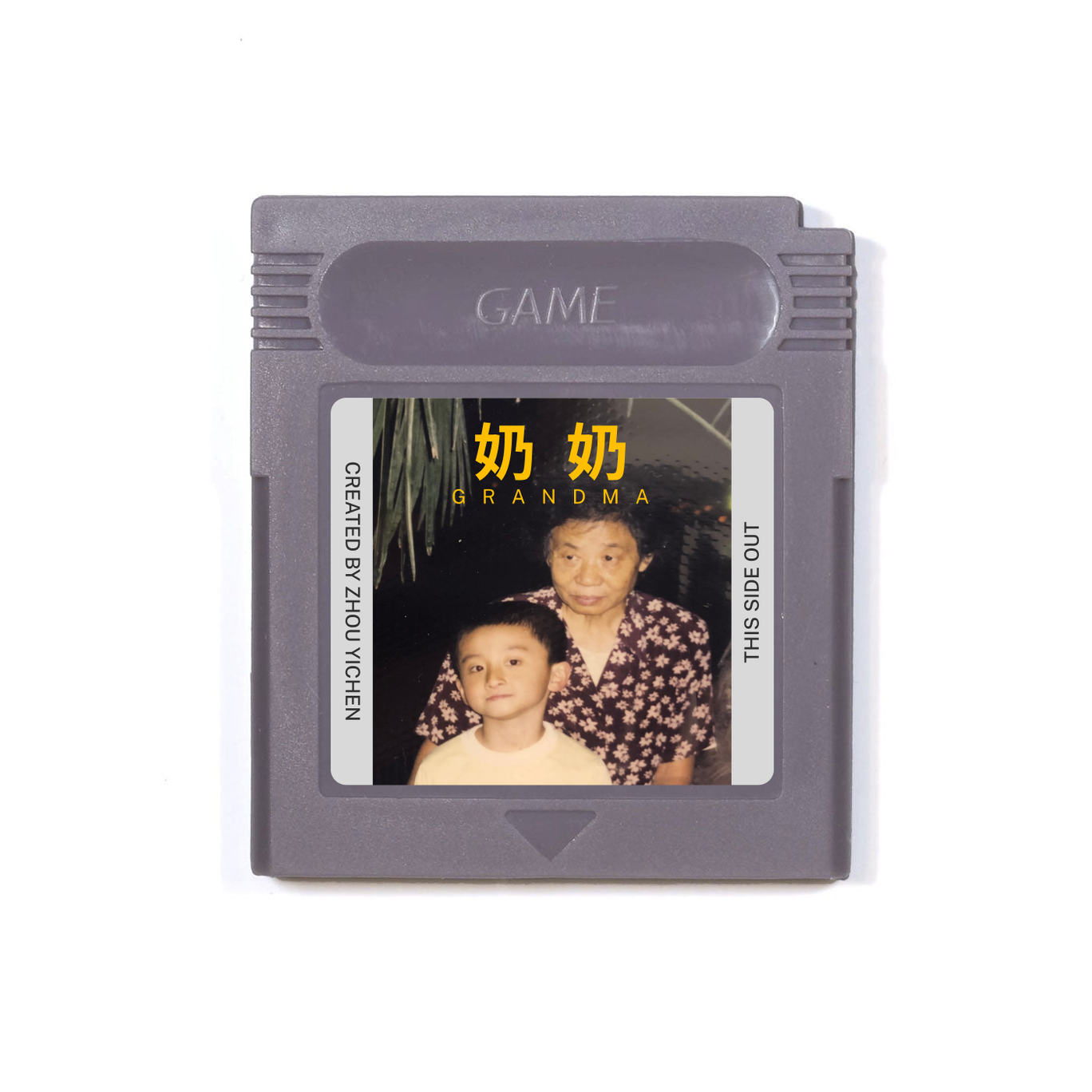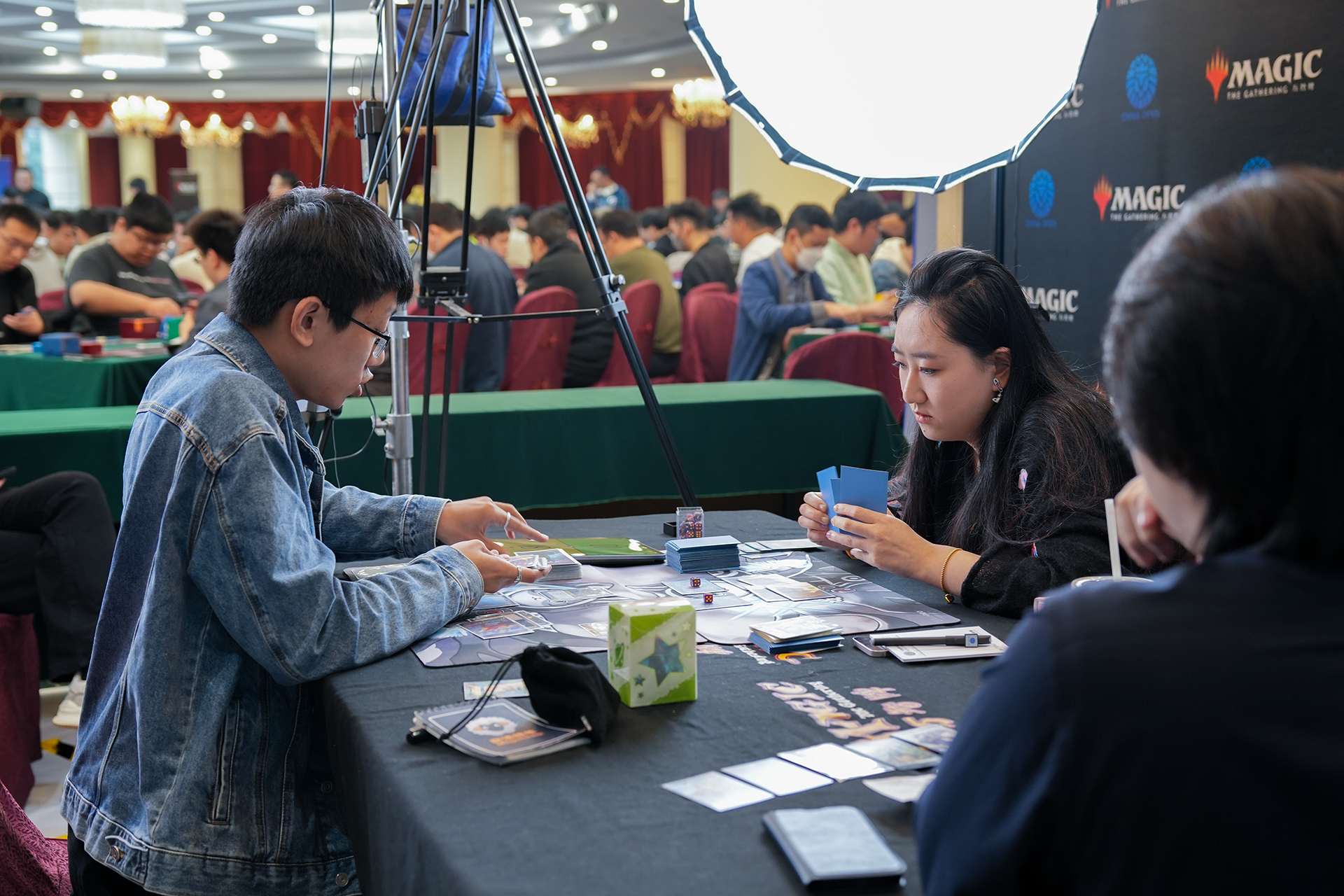Never heard of LARPing? You’re not alone. Below, we answer the question “What is LARPing?” and explain why the activity has become so popular in China.
Samuel Zhuang is hell-bent on power. One of the country’s top generals, the 28-year-old’s rise through the military ranks has been meteoric, helped by his fabricating of charges against his superiors. Yet even now, he’s not satisfied and is busy plotting his way to the very top.
Then again, this is all just a weekend activity for Zhuang — and on Monday he’ll be back at his day job as an investment consultant. Because Zhuang is a LARPer, a Live Action Role Player. And he’s one of a huge number of young city-dwellers across the country who are eschewing more conventional ways of getting together with friends in favor of elaborate costumed role-playing games.
What is LARPing?
Live Action Role Playing (LARP), particularly centered around solving a murder mystery, made its first significant splash in China in 2016, courtesy of a hit TV show. And the last two years especially have seen explosive growth in its popularity.
According to a recent study conducted by the data analysis and market research company iiMedia, 84.9% of Chinese netizens surveyed have participated in a LARP game either online or offline (in China, “LARP” is used as an umbrella term for both). iiMedia also predict that the market size of LARP will reach 17 billion RMB (around 2.63 billion USD) by the end of 2021, up from 10 billion RMB (around 1.54 billion USD) in 2019.

A group of LARPers at an immersive studio in the city of Chengdu in Sichuan province. Image courtesy of Luo Ge
In addition, the total number of LARP studios nationwide had reached 30,000 by the end of November in 2020, representing 150% growth compared to 2019, according to leading Chinese booking platform Meituan.
So how has this activity attracted so many young people seemingly out of nowhere?
Dungeon Masters and Day Trips
A typical LARP experience usually takes place among a group of 4-12 players and lasts for 3-5 hours each session, depending on the complexity of the script. The progression of the game is meant to be unique each time as it is up to how participants communicate their roles, interpret the development of the story individually, and how the team move forward with the game with the information available.
During the course of the game, under the instruction and guidance of the host — the so-called “DM” (Dungeon Master) — LARPers are given the basic plot-lines of the story and descriptions of their characters, before introducing themselves to the group. They then engage with fellow players and non-player characters (NPC) as the story progresses.
Based on this framework, LARP games can range from straightforward online interactions and tabletop games, to actor-led, fully immersive experiences in elaborate settings.

An immersive LARP studio in the city of Chengdu in Sichuan province. Image courtesy of Luo Ge
Luo Ge, who previously ran a traditional tabletop game shop in Chengdu, just launched China’s first ever overnight LARP package through his venue Yidiantanan, where participants can play out a variety of storylines in two specially-designed 1.48 and 0.25 acre sites featuring a blend of traditional style buildings and natural scenes.
“The idea of including a one-night stay is to create a real mind-blowing immersive experience for customers,” says Luo, who first opened the studio in 2018. “A lot of our customers are not locals; they travel here just for this game.”
This is borne out by reviews for Yidiantanan on the Yelp-like customer reviews site Dianping, where the venue has an average rating of 4.84 out of 5. “I travelled from Shanghai to Chengdu to experience this one-night immersive LARP game and it has far exceeded my expectations,” writes one of the top commenters.
There’s currently a three- to four-month wait to book a weekend session at Luo’s studio and he’s confident that its popularity isn’t going away any time soon. “Immersive LARP will definitely be a big trend going forward,” he says.
Looking for More Than Malls
Murder mysteries first caught the attention of young people in China back in 2016, with the launch of Mango TV’s celebrity reality show Who’s the Murderer. After several successful seasons, the show helped spark a wave of interest in roleplaying, spurred on by the growth of LARP-focused apps such as Woshimi (我是谜) and Baibiandazhentan (百变大侦探).
In the first half of 2020, LARPing really came into its own as people searched for new activities to occupy their time while stuck at home because of Covid-19. The activity’s popularity then spread to the offline world once it was safe again for groups of people to gather, dovetailing with the country’s surging interest in period dramas and Hanfu costumes. The growth in venues — Shanghai currently has a total of 561 LARP studios for example — has been joined by a boom in LARP script trading sites and even script conventions for the industry.

A participant at a LARP studio in the city of Mianyang in Sichuan province. Image courtesy of Huo Xin
Given LARP’s online roots, the development of VR and AR technologies may still pose a threat to the growth of offline LARP venues, especially in China’s more developed cities, where high rents combined with the slow turnover of customers could prove prohibitive to further expansion. Yet for many, the offline aspect of LARP is all part of its appeal.
“The growing LARP craze has something to do with a lack of networking channels for young people traditionally,” says Huo Xin, the 25-year-old owner of a LARP studio that was opened last year in the city of Mianyang, in Sichuan province. “Besides watching films, going for drinks or shopping, there really were not a lot of fun activities out there. LARP can offer a brand new social experience for people to make new friends. And it’s pretty affordable — the average cost for each person is around 50-200RMB [7.70-30.90USD], at least in our studio.”
Live Action Networking
For Zhuang, it’s the networking aspect that also appeals to him. “I have been going to LARP games quite a lot in the past half year and I believe the most vital reason behind the rising popularity of LARP is its multidimensionality as a social activity,” he says. “It is an innovative form of networking whereby a group of people get to know each other by engaging in conversations and sharing interactive and exciting problem-solving tasks together.”
While some aspects of this are available through online LARP games, Zhuang feels the offline experiences offer something extra. “The immersive nature of LARP intensifies the whole experience and helps create special bonds between the group of players. Compared with traditional tabletop games such as Werewolf, LARP provides space for individuals’ dramatic expression.”
Related:
 Werewolf, the Game: Who Did You Kill Last Night?Article Jun 12, 2017
Werewolf, the Game: Who Did You Kill Last Night?Article Jun 12, 2017
Another key ingredient is simply the intrigue and problem-solving that comes with any murder mystery activity.
Based on the aforementioned iiMedia study, the most popular type of script among young Chinese LARPers is one with significant “mind-stretching” (46.2%), followed by comedy (33.5%) and romance (18.8%).
“Period drama-inspired scripts that are characterized by internal conflict in the palace are my favorite type of LARP,” reflects Zhuang, “as these require an intensive thinking process.”
And of course, a little dramatized conflict and intrigue will always hold a certain appeal for those looking for an escape from their day-to-day. As Huo puts it, “It is young people’s way of living another life outside of their stressed work routine.”
Cover image: a group of LARPers at an immersive studio in the city of Chengdu in Sichuan province, courtesy Luo Ge
















